Timber house facade. The choice of imitation timber for exterior decoration - installation, photo and price analysis
Not every family can afford to buy an expensive house from profiled or glued timber. For this reason frame construction or the cashing out of old houses in popularity occupy the first positions. Do you want to make your house look like a log house with minimal cost? timber imitation exterior finish help turn your dream into reality. You can find out how to mount an imitation of a bar and what kind of material it is by reading the article to the end.
Pros and cons of using imitation timber
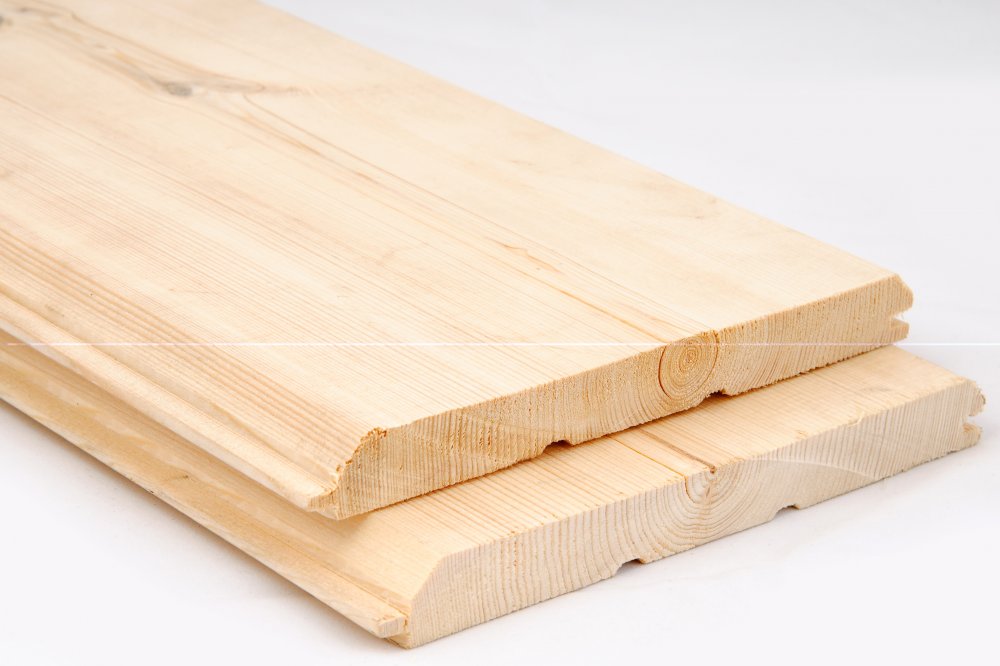 This finishing material appeared on our market relatively recently. Its progenitors can be called wooden and plastic lining. But unlike it, an imitation of a bar can have dimensions: width from 65 to 200 mm and length from 2 to 4 m. This size is convenient for working with facades of any complexity of shapes and numerous angles.
This finishing material appeared on our market relatively recently. Its progenitors can be called wooden and plastic lining. But unlike it, an imitation of a bar can have dimensions: width from 65 to 200 mm and length from 2 to 4 m. This size is convenient for working with facades of any complexity of shapes and numerous angles.
Houses, the facade of which has an imitation of timber, are outwardly indistinguishable from timber. Moreover, additional decorating parts imitate masonry with an angular ledge.
The main advantages of timber imitation:
- Environmental friendliness of the finish with imitation, as the material is made of wood, which is able to breathe.
- Ease of installation, due to the special shape of the lock and low weight.
- The practicality of imitation finishes. Suitable for finishing walls made of any material: brick, wood, foam blocks, slabs, etc.
- Low price and a wide range (colors, sizes, etc.).
- Durability, service life proper care and installation for over 30 years.
- Additionally, the house is insulated.
The main disadvantages include:
- Fire hazard, despite the treatment by manufacturers with various antiseptics and anti-combustible compounds, wood without treatment once a year will still burn, blacken and crack.
- Periodic coating with paints and varnishes and protective agents.
- Expensive accessories (external and internal corner, decorating elements).
It is necessary to select panels along the length in accordance with the dimensions of the walls of the facade. Connect them using a groove system with a latch fastening. Colors can be from natural to various painted imitation of timber.
Comparison of timber imitation with other types of cashing
To truly appreciate the quality indicators that imitation timber has, the exterior finish needs to be compared with other materials. For the convenience of our readers, we have combined the characteristics of all those used in one table:
| characteristic | metal siding | vinyl siding | decorative rock | plastic lining | |
| durability | up to 40 years | up to 50 years | up to 25 years | up to 70 years | up to 5 years |
| ease of installation | Ventilated facade, easy installation | — | — | Difficult installation, especially a chaotic pattern | — |
| combustibility | Flammable without further treatment | Does not burn | combustible material | Does not burn | Flammable |
| thermal insulation | Creates additional thermal insulation | Easy thermal conductivity | Light thermal conductivity | Easy thermal conductivity | Easy thermal conductivity |
| Aesthetics | The facade completely imitates a wall made of glued or profiled timber | Can imitate timber, block house, has different color schemes | — | Unique design, wide range of shapes, sizes, colors. | Several color schemes, looks like a simple lining. |
| Price | From 250 | From 270 | From 120 | From 300 | From 70 |
| Resistance to mechanical damage | resistant material | resistant material | Breaks from strong impacts and shrinkage at home | resistant material | breaks easily |
| Burnout in the sun | Does not fade | Does not fade | Does not fade | Does not fade | burn out |
| Resistance to temperature difference | Persistent | Persistent | Does not like temperatures below -40 0С | Persistent | Not resistant |
| Environmental friendliness | Eco-friendly as it is made of natural wood | Not environmentally friendly | Not environmentally friendly | Eco-friendly | Not environmentally friendly |
Judging by the table, the imitation of timber outside the house outperforms plastic lining, vinyl and metal siding in many respects, and loses only to stone. But it is difficult to perform external stone finishing on your own.
Design solutions for finishing the facade with imitation of timber
 Photos of facades made of imitation timber can be seen in this article. There are options when finishing is used only in the attic of the building, and the house itself is built of timber. This little trick helps you save money.
Photos of facades made of imitation timber can be seen in this article. There are options when finishing is used only in the attic of the building, and the house itself is built of timber. This little trick helps you save money.
It looks good in the photo, the houses are trimmed with decorative or natural stone on the basement () and the walls themselves are paneled. This finish is completely environmentally friendly, as it uses natural materials but has an unusual design. Such exterior decoration is popular in mountainous areas closer to the sea, where a natural stone can be collected for free.
When ordering finishing in large companies, the manager will definitely show similar photos, with the work already done. So it will be easier to choose a color solution and choose a design.
You need to choose a color not only based on the ready-made options in the photo, but also on the area where the house is located. So for the sunny southern strip, you should not use a painted imitation of a beam of dark shades, the outer wall will heat up. For the northern part, on the contrary, the use of dark warm colors is preferable (brown, dark green, etc.)
How to choose the right imitation for timber
 You can buy imitation timber directly from the manufacturer or at any hardware store. They make it like manufacturers European countries as well as Chinese and domestic. The quality of imitation timber envy from its grade and drying. When choosing, you need to build on several factors:
You can buy imitation timber directly from the manufacturer or at any hardware store. They make it like manufacturers European countries as well as Chinese and domestic. The quality of imitation timber envy from its grade and drying. When choosing, you need to build on several factors:
- Humidity should not exceed 10-15%, in otherwise the finish can be taken away or warped.
- On the inside of the panel there should be a special groove that relieves stress in the product when it dries and the panel will not crack over time. It also serves as ventilation during finishing.
- To completely copy the facade from a bar, panels with a width of 100 mm or more should be used.
- There should be no loose knots or wormholes on the panel, the interlock should be smooth without mechanical damage.
- When finishing, not only the quality of the panels is important, but also the components, fasteners and decorative elements.
Installation of panels on the facade of the house
 Due to the design, profiling and lightness, you can do the installation of imitation timber panels on the facade of the house with your own hands. To do this, it is enough to have some knowledge and own a screwdriver, level, mallet, saw and other tools.
Due to the design, profiling and lightness, you can do the installation of imitation timber panels on the facade of the house with your own hands. To do this, it is enough to have some knowledge and own a screwdriver, level, mallet, saw and other tools.
All installation work can be divided into several stages, not one of them can not be skipped:

As you can see, the installation of imitation timber on the outside of the walls is not a difficult and quite feasible task, you should be patient and purchase material.
What subtleties you need to know when working with imitation timber
 Imitation of a bar is on sale in tight packings. After bringing it to the site, it is worth unpacking and spreading out in the air, after protecting them from direct sunlight and precipitation for 2-3 days. This is done due to the fact that manufacturers dry the panels and immediately pack them in heat-shrinkable material. Once in the natural environment, the wood actively begins to absorb moisture from the air and slightly increases in size. If you do not let it lie down, then after fastening the facade may warp.
Imitation of a bar is on sale in tight packings. After bringing it to the site, it is worth unpacking and spreading out in the air, after protecting them from direct sunlight and precipitation for 2-3 days. This is done due to the fact that manufacturers dry the panels and immediately pack them in heat-shrinkable material. Once in the natural environment, the wood actively begins to absorb moisture from the air and slightly increases in size. If you do not let it lie down, then after fastening the facade may warp.
It is always necessary to start fastening the panels from the ground to the roof and with the spike up and the groove down. So dirt and precipitation will not be able to get into the key connection. The installation of the first panel must be carried out according to the level, stepping back from the bottom by 10-12 cm. The evenness of the entire facade depends on how well the bottom panel is installed.
It is better to fasten the imitation of the beam to the crate with special clamps, self-tapping screws are used only if it is not possible to purchase these elements or the panels are heavier. Fasteners are screwed both at an angle of 45 0С into the key joints, and straight through.
All work outside can be carried out only in the dry season, it is permissible to make a ventilated facade up to -15 degrees. But to paint it immediately at this temperature will not work.
Facade decoration price
Paneling the facade with your own hands is not difficult, but not everyone has it free time and the desire to do so. Having ordered work from professionals, you can count on a smooth finish with the fulfillment of all norms and specifications. The price of such work is largely related to factors:
- What stages the finishing includes, so the insulation and installation of the crate can be calculated separately. Painting imitation timber is also not included in the work.
- Square. If you need to sheathe the entire building as a whole, then the price per square will be lower.
- Working at height is also highly valued.
- The experience and seniority of workers, professional teams are more expensive. But ordering work from a little-known brigade of non-Slavic nationality is not worth it, savings can “cost a pretty penny”.
The average cost of work is presented in the form of a table:
Calculating how much it costs to finish the facade of a house is not difficult. To do this, the area of \u200b\u200bthe walls is calculated and multiplied by the numbers given in the table. So if the wall of the house has an area of 25 m2, and there are 4 such walls, then finishing with lathing, insulation and painting will cost 1 wall from 12,000, which means finishing the whole house from 48,000. Do not forget that you need to add to this the cost of material, components , vapor barrier insulation, bars, stamps or screws.
It is always more profitable to do the finishing work with your own hands. And the original design can be found in the photo in this article.
The thermal insulation characteristics of a beam with a section of 150x150 are insufficient to ensure comfortable living in the house during the cold winter period. In this regard, the owners of such a building inevitably ask themselves the question: how and with what to insulate the house? According to the rules of heat engineering, external insulation is much more efficient than internal insulation. Therefore, first of all, you need to take care of choosing the best heat-insulating material for specific conditions, suitable for use outside the house, and find out all the nuances of installation.
Preparing the walls of the house
At the stage of preparation for the external insulation of a wooden building, several issues must be resolved:
- which insulation is better;
- how to lay it correctly;
- how to prepare the walls of the house.
Regardless of which thermal insulation material is chosen, the walls of the 150x150 timber must be prepared. First of all, it is necessary to conduct a visual inspection and make sure that there are no signs of rotting wood, insects harmful to the tree, the need for additional fastening of the timber and finishing elements of window and door openings.

At the same time, they decide whether the walls need caulking. If empty slots are noticed, then before laying the insulation they must be filled with the appropriate material. Caulking walls is a simple, but time-consuming process. Knowing the rules and tricks of this business will greatly simplify its implementation.

To eliminate the gaps between the bars, three materials are traditionally used:
- tow;
- jute;
- lnovatin, etc.

In the process of work, the craftsmen use special wooden devices in the form of blades with a thin blade. But for an independent task, an ordinary narrow spatula is also suitable.
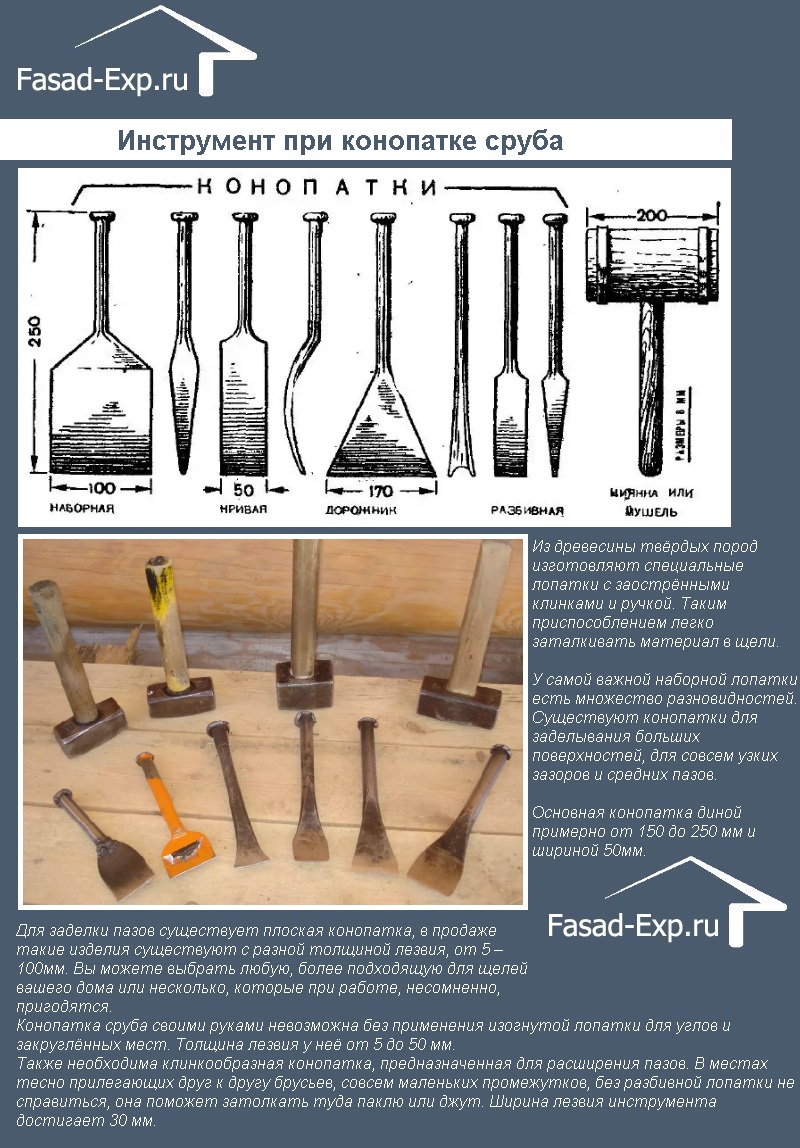
- stretching insulation;
- insulation kit.
The first is optimal if the gaps are not wide, the second is suitable for deep and long gaps. When caulking, the tow fibers are distributed along the gap in an even thin layer, while driving it into the gap with a spatula. The work must be done slowly and carefully, trying to seal the insulation as efficiently as possible. Tow is driven in in layers until the gap is filled.
Laying in a set is carried out as follows: bunches or balls are formed from tow, corresponding to the size of the gap, and they are driven into it with a spatula and a hammer. Regardless of the chosen method of caulking, work begins from the bottom of the wall.
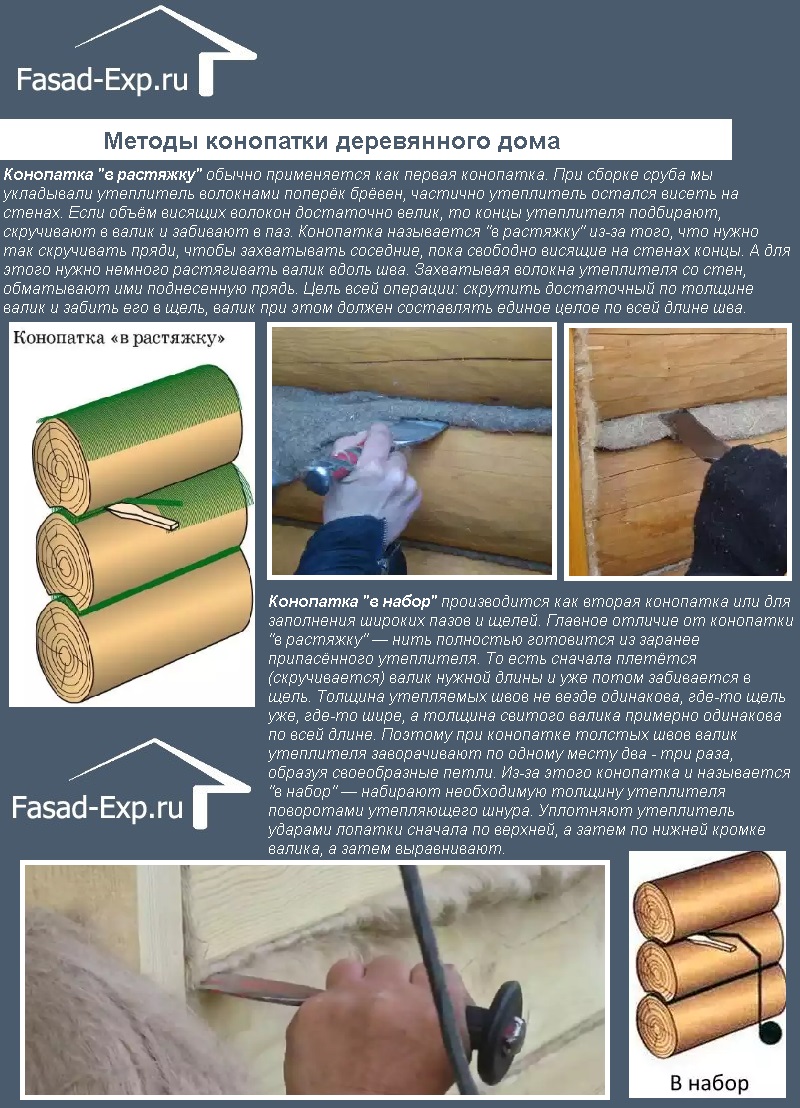
Video - How to caulk a house from a bar
Video - Caulking at home from a bar
The choice of material for external insulation of a house from a bar 150x150
The modern market offers many solutions for insulation wooden house. The choice largely depends on the climatic conditions of the region of residence. For southern latitudes, one insulation will be optimal, for northern latitudes, another. Therefore, when choosing a material, they are guided by its main characteristics:
- coefficient of thermal conductivity;
- compressive strength index;
- frost resistance;
- lifetime guaranteed by the manufacturer.
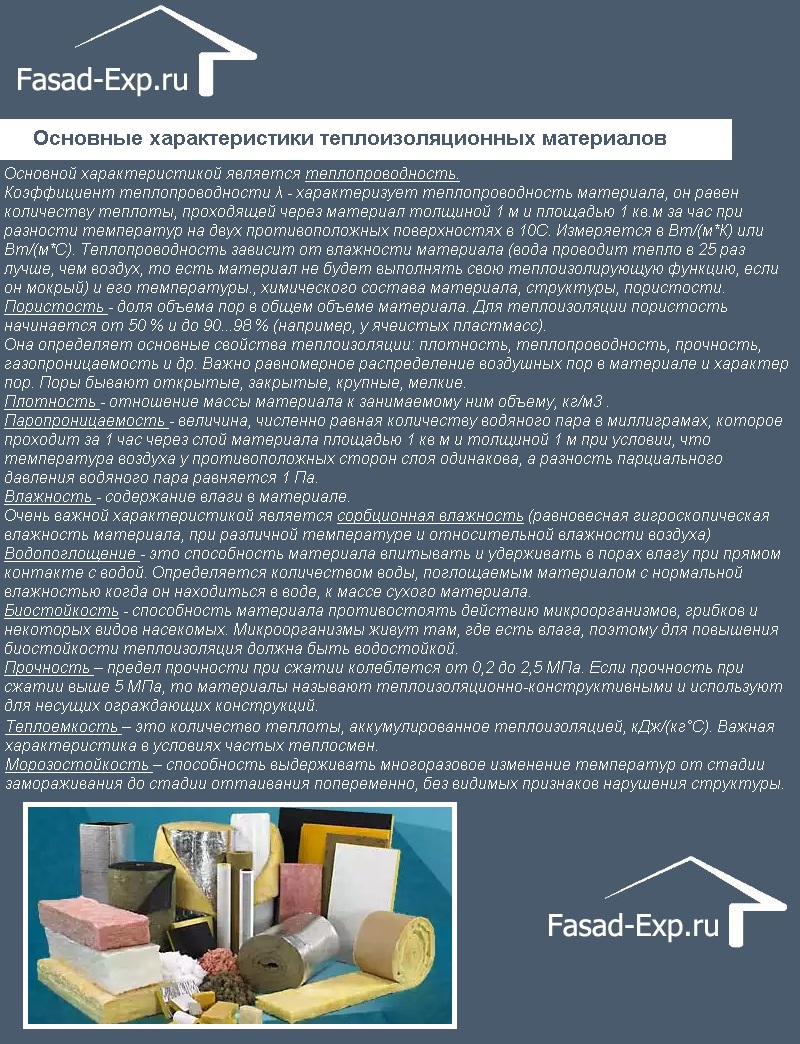
For external insulation of a house made of timber 150x150, the following heat-insulating materials are suitable:
- fibrous (glass wool, mineral wool, stone wool, basalt wool);
- sheet foam;
- extruded polystyrene foam;
- foamed polyethylene;
- sprayed polyurethane foam;
- windproof plates Izoplat.

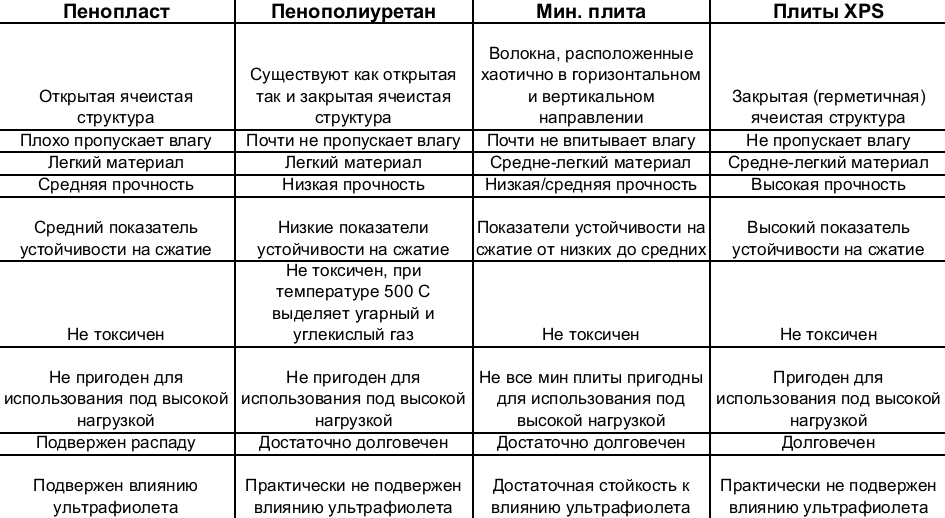
Mineral wool and its analogues
Mineral wool has excellent thermal insulation characteristics, but has one significant drawback: hygroscopicity. Since wet insulation is not able to retain heat efficiently, the use of mineral wool in rolls or slabs requires vapor and waterproofing of the walls and foundation of the house. This significantly increases the cost of its external insulation.

When choosing fiber materials, the following points should be considered:
- the level of air humidity in the region of residence;
- cladding option external walls building.
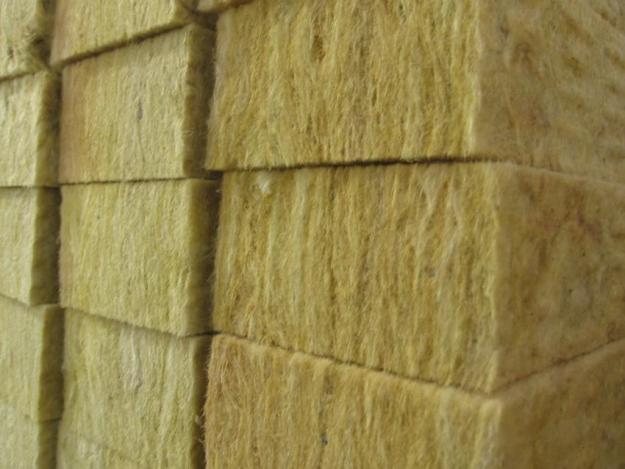
The second requirement is due to the fact that the laying of mineral wool and its analogues requires wall cladding according to the ventilated facade technology. Therefore, saving on finishing work will not work. If there is any doubt that the mineral wool under the cladding will remain dry, it is better not to use this material.

There are many myths about this heater. One of them convinces that polystyrene releases styrene, harmful to humans, into the environment. All these claims have long been debunked by laboratory studies. The safety of foam plastic is confirmed by the sanitary and epidemiological conclusion 63.01.06.224.P.001216.04.03 dated April 7, 2003, Conclusion 01-188 dated 04.25.00 Research Institute of Hygiene and Health Protection of Children and Adolescents of the Russian Academy of Medical Sciences, Conclusion No. 03 / PM8 of the Moscow Research Institute of Hygiene named after . F.F. Erisman. Therefore, this insulation can be fearlessly used not only for external, but also for internal insulation.
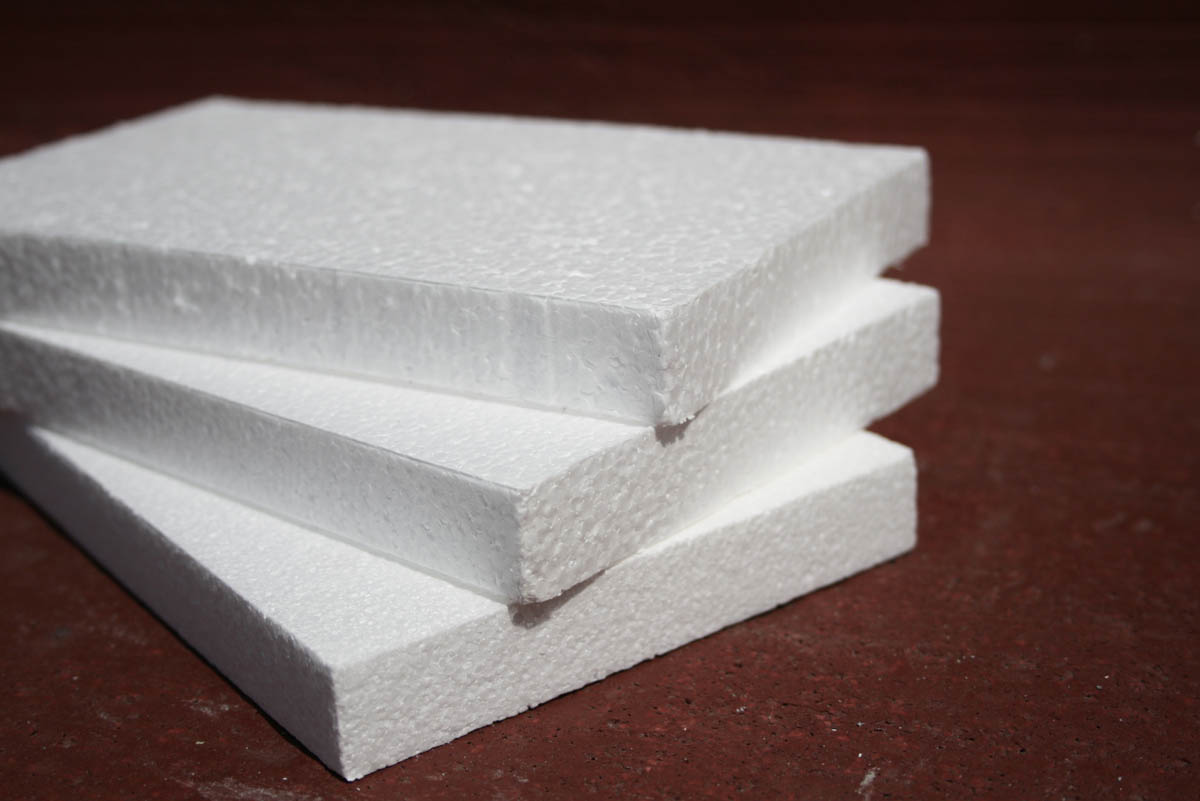
When choosing foam, it is important to pay attention to its density. The higher it is, the lower its thermal conductivity. There is an opinion that the density of the foam corresponds to the digital indicator of its brand. But this is only partly correct. For example, the density of C-25 foam varies between 15.1-25 kg/m3. In choosing a material, a table of its characteristics will provide significant assistance.
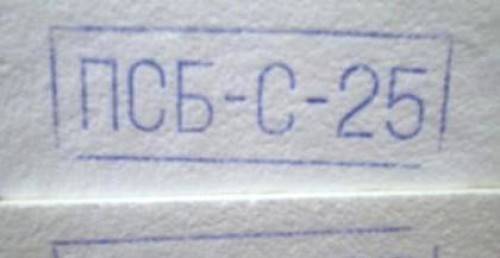
For external insulation of a house from a bar 150x150, you can use foam of any brand. Manufacturers offer canvases of different thicknesses: 5 cm and 10 cm. When choosing a material, it should be taken into account that for facade insulation it is better to buy PSB-S-35 foam plastic with a thickness of 5 cm than PSB-S-25 foam plastic with a thickness of 10 cm. The cost of these materials almost the same, but the thermal insulation effect will be more significant.

Extruded polystyrene foam (EPS)
EPPS has almost the same chemical composition, as foam, but has a lower thermal conductivity, higher bending strength, lower water absorption. A significant difference in characteristics is due to the methods of production of these materials.

EPPS is ideal for external insulation of a house made of timber 150x150. The only disadvantage of this material is its relatively high price. A 2 cm thick extruded polystyrene slab is comparable in thermal conductivity to a 3 cm thick foam sheet and a 4 cm thick mineral wool layer.
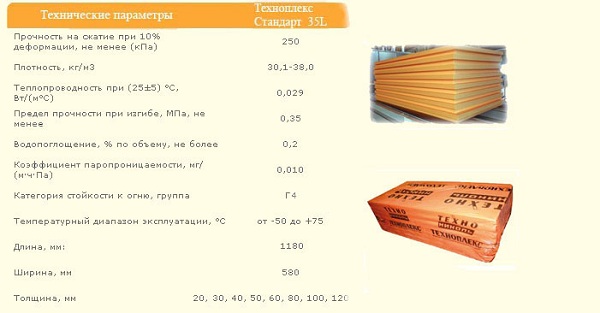
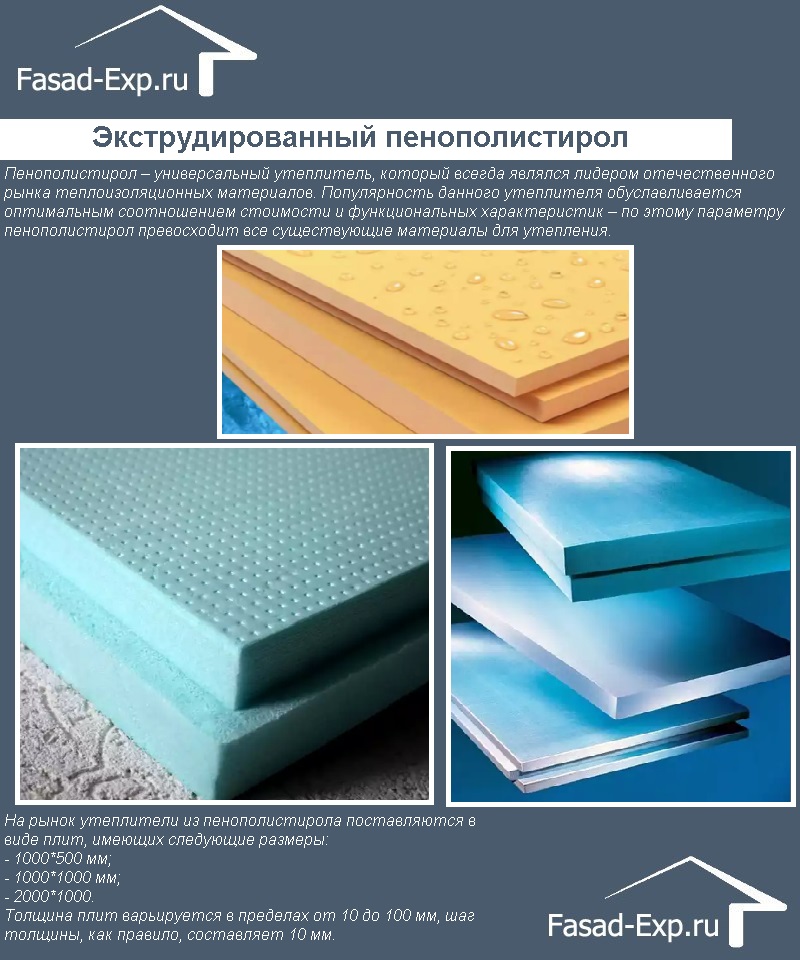
XPS can be glued to the walls of the building, but you need to choose the right glue. For materials based on styrene (EPS and foam), the following compounds cannot be used:
- based on acetone and any solvents;
- petroleum toluene;
- based on water;
- ethyl acetate.
This material has long proved in practice its suitability for thermal insulation.

Foamed polyethylene has a lot of advantages. Among them:
- low coefficient of thermal conductivity;
- elasticity;
- a light weight;
- low cost.
When choosing this material, you should know that it is the spirit of the species: PVD ( high pressure) and HDPE (low pressure). Foamed polyethylene products come with one-sided and two-sided foiling.

The following are the most popular:
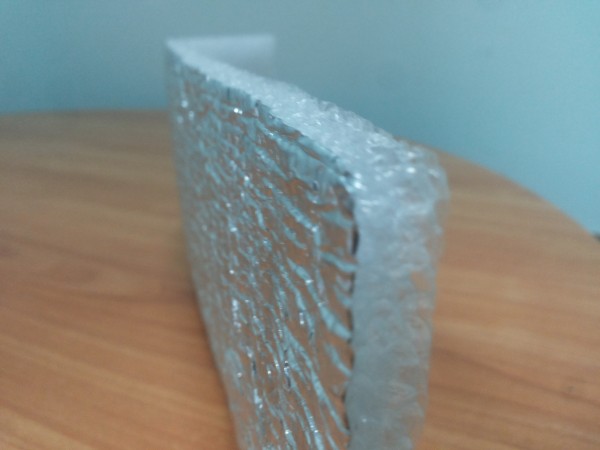
Foamed polyethylene materials are advantageous in that they do not require a vapor and waterproofing layer. This is due to their absolute non-hygroscopicity. Therefore, when sheathing the outer walls of a building with foamed polyethylene, you can save a lot.
Sprayed polyurethane foam
Sprayed polyurethane foam differs from the above materials not only in the way of laying.
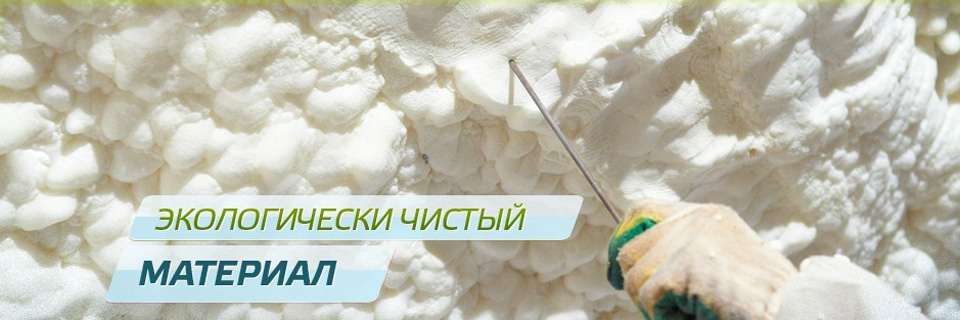
It has many other benefits:
- extremely low thermal conductivity: 0.023 - 0.03 W / m * K (this is significantly lower than that of mineral wool and polystyrene);
- environmentally friendly;
- does not require a vapor and waterproofing device;
- there is no need for additional fastening of the heat insulator, as the foam adheres firmly to the wall when applied;
- when applied, it forms a continuous layer, excluding the possibility of the appearance of cold bridges.
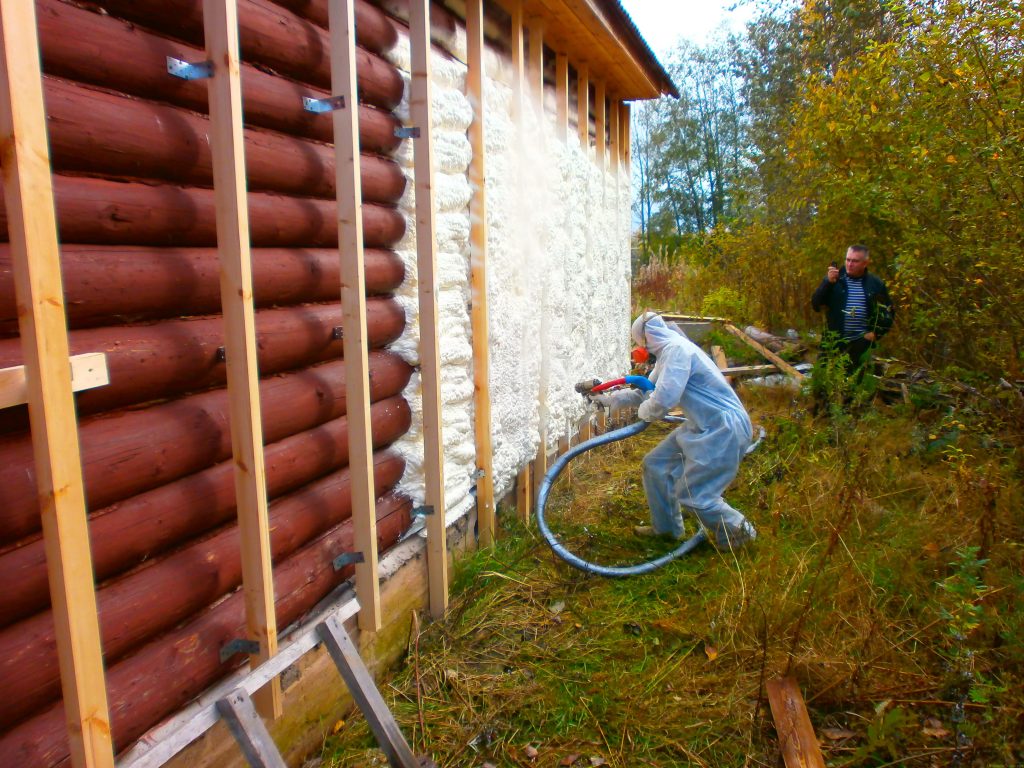
All this is done by sprayed polyurethane foam best material for external insulation of a house from a bar 150x150. The only drawback of this method is its high cost. Spraying PPU requires not only special equipment, but skills to work with it. Therefore, you will have to pay not only for the material, but also for the services of specialists.
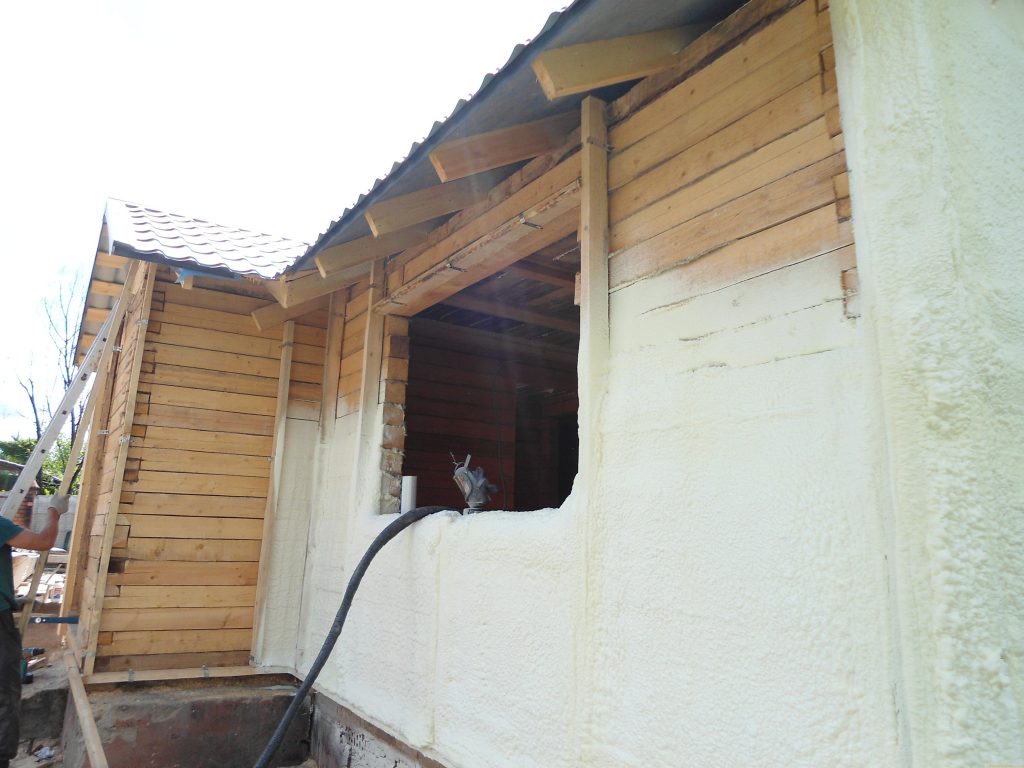
Windproof boards Isoplat based on wood fiber
Scandinavian wind protection boards are made from softwood fibers and are 100% natural heat-insulating material. In their production, no chemical binders, no glue, no resins are used. At the same time, a 12 mm thick slab is equal in terms of thermal insulation to 44 mm of wood.
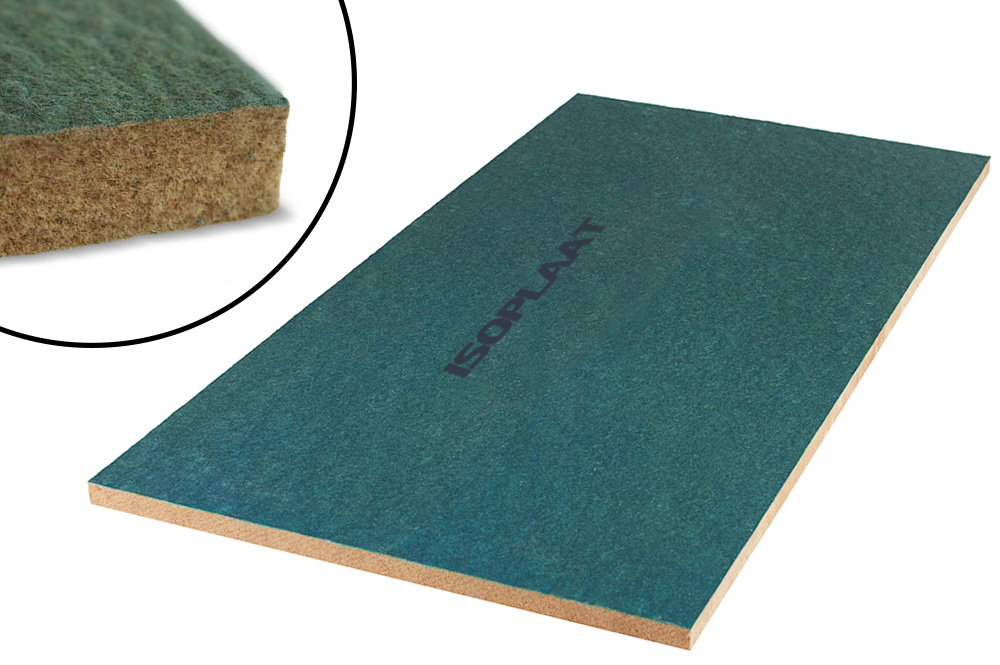
The main advantages of Izoplat windproof plates:
- Tightness. Due to their elasticity, the plates fit snugly against the walls, and breaks in the windproof layer are excluded.
- Thermal insulation. It will not shrink during the entire service life and guarantees reliable insulation of the house during the entire service life. Coefficient. thermal conductivity of the material λ10 ≤ 0.045 W/mK
- Vapor permeability. The plate is a "breathable" material, due to which excess moisture leaves the house and mold and fungus do not form in the walls.
- Resistant to atmospheric moisture. The plate is impregnated with paraffin, due to which no precipitation, dampness and temperature changes are terrible for it.
- Soundproofing. A windproof slab of even minimal thickness will provide sound insulation of about -23 dB.
- Simple and fast installation. The size of the plates is 2700x1200x12 mm, the weight is only 9 kg.
- Guaranteed service life of more than 50 years. Actual use over 70 years.
- Eco-friendly and 100% natural like wood itself.
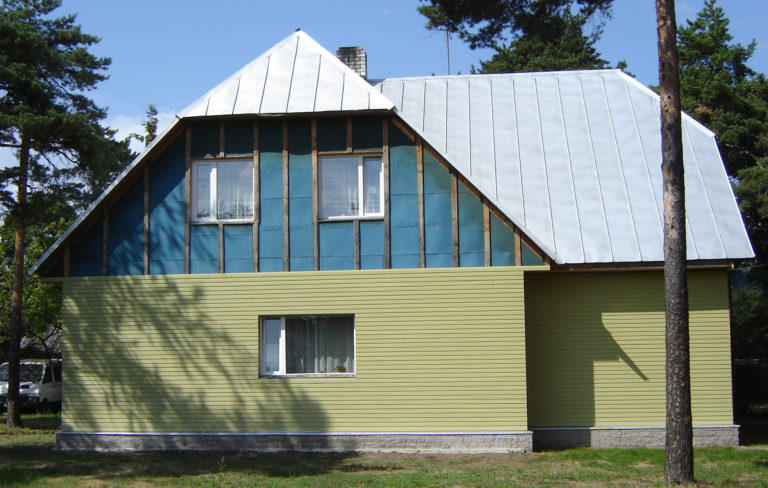

Rules for external insulation of a wooden house
The walls of a wooden house are built of a very hygroscopic material. The tree is able to absorb moisture and deform at the same time. Despite the fact that the construction timber has a low moisture coefficient, the impact environment inevitably changes this figure. Therefore, in wooden houses you can observe the deformation of the walls. It is insignificant, but inevitably affects the geometric shape of window and door openings.
When externally insulating a house from a 150x150 timber, it must be taken into account that a ventilation gap is required through which moisture will exit the wood. Thus, no damage will be done to the walls. Above the insulation, laid on the outside of the building, it is necessary to build a facing layer. Therefore, the best technology for insulating a house from a bar is a ventilated facade.
His circuit diagram includes the installation of several layers of materials (the direction from the wall to the street):
- wall;
- crate (frame);
- heat insulator;
- vapor barrier membrane;
- ventilation gap;
- facing material.
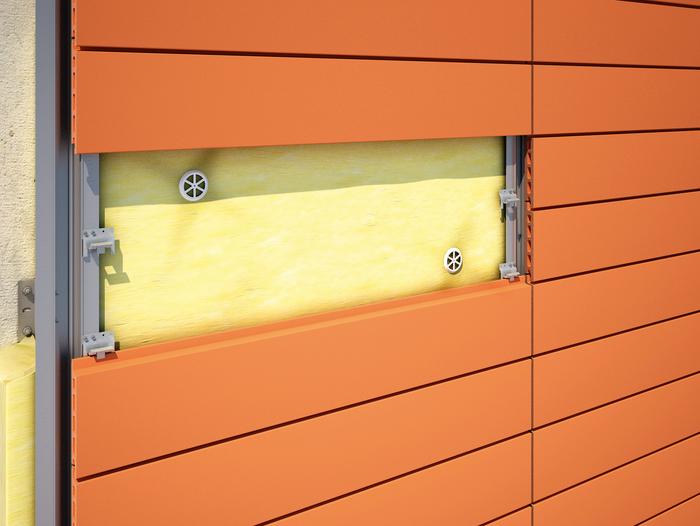
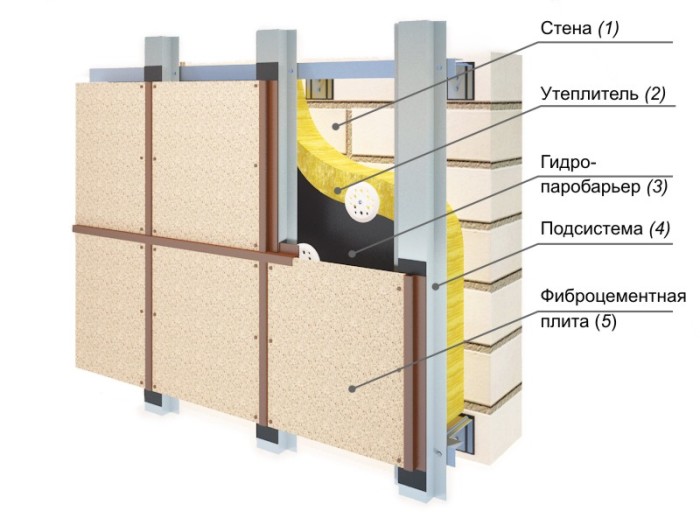
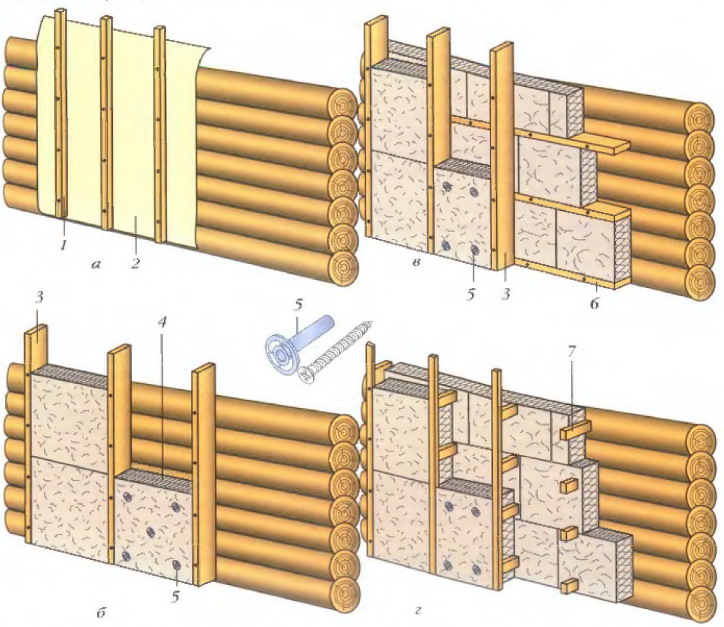
Regardless of which insulation will be used, it is necessary to observe the sequence of laying materials and do not forget that there must be a gap of at least 1 cm wide between the heat insulator and the cladding.
Installation of a ventilated facade, installation of lathing and insulation
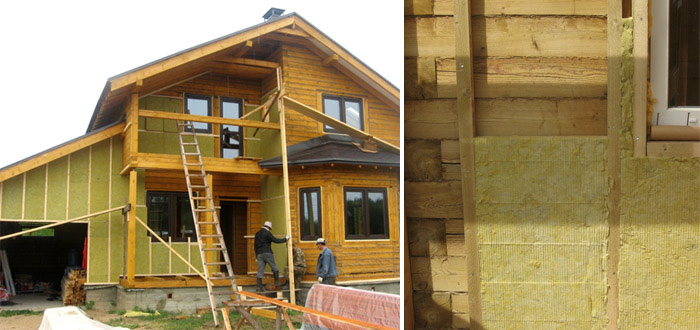
Step 1: Mounting the spacers
For the installation of spacers, use bars with a section of 20/20 mm or an edged board with a thickness of 20-25 mm. For fixing wood, nails or wood screws are used. The optimal step is 60-80 cm.
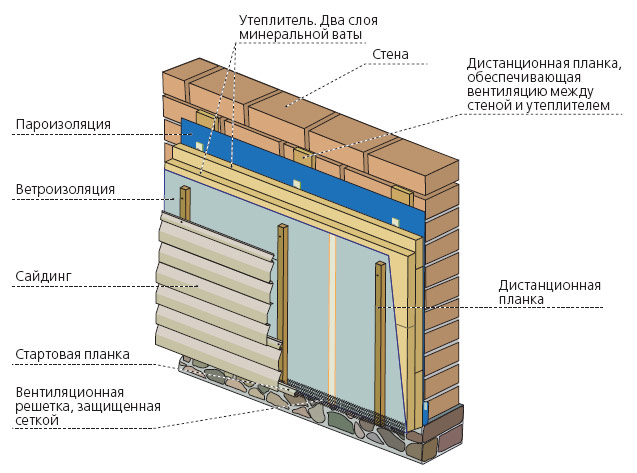
Step 2: Installation of the vapor barrier membrane
The vapor barrier film is sold in rolls. The laying of the canvases starts from the bottom of the wall and gradually moves up. The vapor barrier is fixed with a construction stapler with an overlap of 10-15 cm.
Step 3: framing installation
The same material is used as in the construction of the 1st tier: bars or boards, but the thickness of the lumber should be different: 5-10 cm and correspond to the thickness of the selected insulation. Boards (bars) are not fixed horizontally, but vertically. It is important to consider that the distance between the racks of the crate must correspond to the width of the insulation.
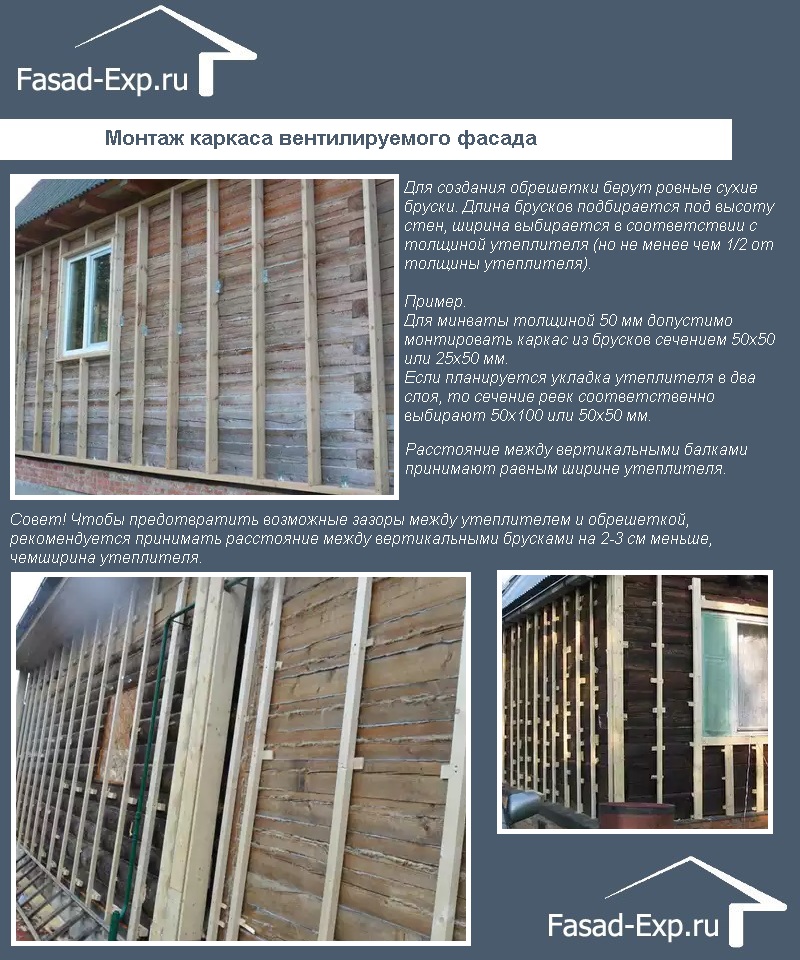

Step 4: laying the heat insulator
In the space between the racks of the 2nd tier of the crate, mineral wool sheets or foam sheets are laid. They are attached to the wall of the house with plastic dowels with a wide dish-shaped hat.
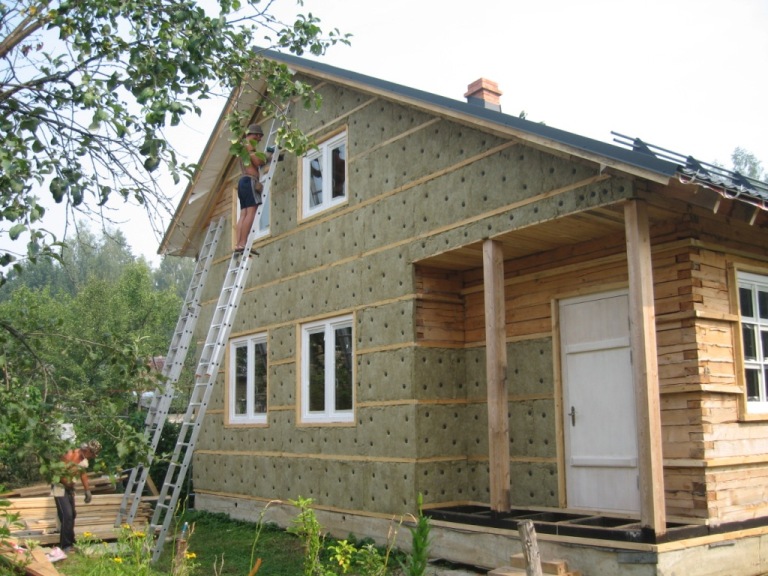
Step 5: Installing the Windproof Membrane
The windproof film is laid in the same way as the vapor barrier. It is attached to the crate with the help of counter-rails.
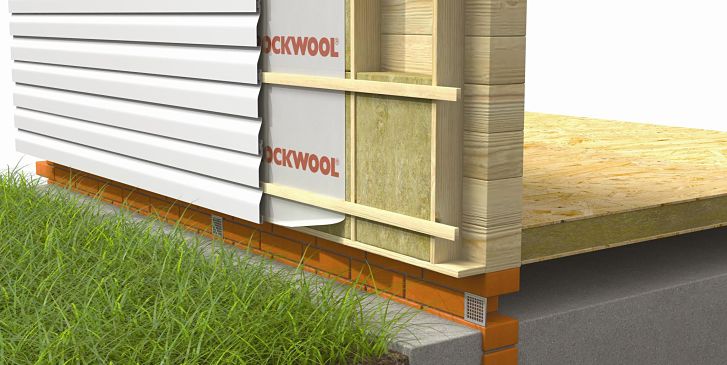

Step 6: installation of facing material
As finishing material can be used:
- metal or vinyl siding;
- front cement-shaving panels;
- lining.
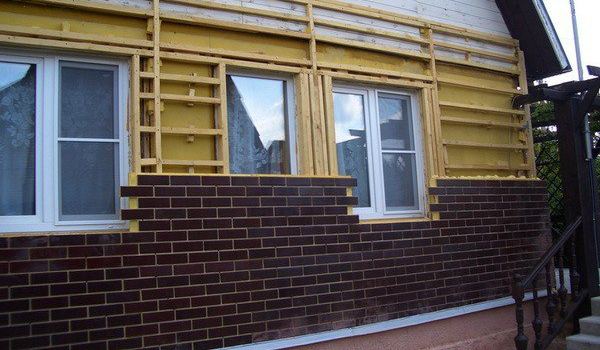
High-quality external insulation of a house made of timber 150x150 will provide a comfortable microclimate in residential premises and will reduce the cost of heating the building.
Video - How to insulate a house from a bar outside
Video - Warming the house with mineral wool
The most popular methods of insulating external walls that compete with each other are the ventilated facade and. Each has its own advantages and disadvantages. If you want to do all the work yourself, then keep in mind that making a ventilated facade with your own hands is easier. The mounting technology "forgives" some errors that are simply inevitable if you are not a professional.
What is a ventilated facade, its advantages for a wooden house
Movement from indoors to outdoors.
Ventfasad is a method of finishing the outer walls of a building, where ventilation is supposed to be under the cladding. Often used in conjunction with insulation. It is not difficult to make a ventilated facade with your own hands, the main thing is to follow the installation method.
Ventilation is needed in order to remove the steam that is squeezed out of the house. In this case, the heated room is a high pressure zone, and the street is a low pressure zone. The correct microclimate in the house is possible only when the natural process of steam movement is not disturbed. That is, all materials must be vapor-permeable. The issue is especially acute when arranging a ventilation facade for wooden houses.
The tree breathes, in the process of operation it constantly changes its shape. That is why a ventilated facade for a house made of timber is the only way out.
Ventilated façade construction is flexible enough to withstand seasonal deformations wooden walls. Installation is simpler, minor errors are not noticeable. For example, errors in the work on the insulation of external walls using the wet facade method lead to the appearance of cracks, which is not uncommon. Yes, and you need to be able to plaster, display corners, slopes - it's not all that easy.
Thanks to the presence of ventilation:
- walls cool in summer;
- frost does not form in winter;
- mold does not appear in the insulation.
The ventilated facade technique is applicable for a house made of bricks, foam blocks, monolith and wood, of course. And in the latter case, there are no alternatives.
The choice of insulation for a ventilated facade

Glass wool is softer and lighter.
In order to maintain the concept of steam movement, only breathable materials can be used for insulation:
- mineral wool;
- Penoizol;
Considering that the walls are wooden, only mineral wool is suitable for a ventilated facade for a house made of timber. Penoizol and Ecowool are solid chemistry, a failed experiment to promote the next new product on the Russian market. Mineral wool is the name of a whole category of fibrous materials. Glass wool is also used for ventilation facades. The difference is in the raw materials and characteristics.
Main differences:
- density (weight per 1 sq.m.) - glass wool has less;
- moisture absorption - stone wool does not absorb moisture well and, having become wet by 30%, continues to keep warm;
- vapor permeability - basalt breathes poorly, glass wool is an order of magnitude better.
The thermal conductivity is almost the same, glass wool is slightly lower. According to a combination of factors, it is better to use soft glass wool, and the fact that it accumulates moisture is not scary. If the technology is not broken, then this will not happen.
Choosing a protective film for the ventilation facade

The film should cover the insulation.
The installation technology of a ventilated facade of a wooden house involves the use of a protective film. It must have two important characteristics - it is to release steam from the thermal insulation and prevent the wind from blowing into the mineral wool.
Suitable for these criteria:
- wind protection;
- diffusion membrane.
Do not confuse a diffusion membrane (also called waterproofing) with a vapor barrier. The latter does not breathe at all; it cannot be used for ventilation facades in any case. Membranes are more expensive than wind protection, but they will not let water into the insulation. Although this is a finishing task, additional measures are not superfluous. Before buying, check the film for strength, if it falls apart in your hands - do not buy. It is better to overpay for quality right away than to redo the work later.
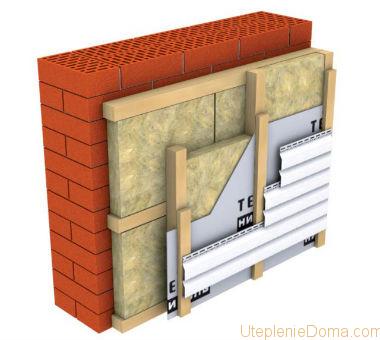
The correct scheme of wall insulation according to the ventilation facade method.
Everything needs to be done in stages. The algorithm of work is the following:
- erection of a crate;
- laying insulation - by surprise;
- the construction of the second level of the crate is perpendicular to the first;
- laying the second layer of insulation - by surprise with overlapping seams and bars of the first level;
- installation of the film - from the bottom up with an overlap of 10-15 cm. Be sure to glue the seams;
- erection of a caterpillar - the cross section of the bars depends on the height of the structure (not less than 2 cm);
- finishing installation.
A technically important point is that the ventilated facade should not be in contact with the ground. If there is a plinth, then before installing the first level of the crate, a special metal tide must be attached to the wall, which goes onto the plinth, while leaving a gap at the bottom of the finish.
If there is no plinth, then a skirt of the required length is lowered from the bell. Keep in mind that the earth is crushed and falls in different seasons by about 10 cm. The fact that the wind will walk under the floor is even good. The presence of ventilation will be reflected only positively. The air will not stagnate under the floor, so nothing will rot. The presence of ventilation ducts under the floor is mandatory. For more information about the ventilated facade, see the video:
